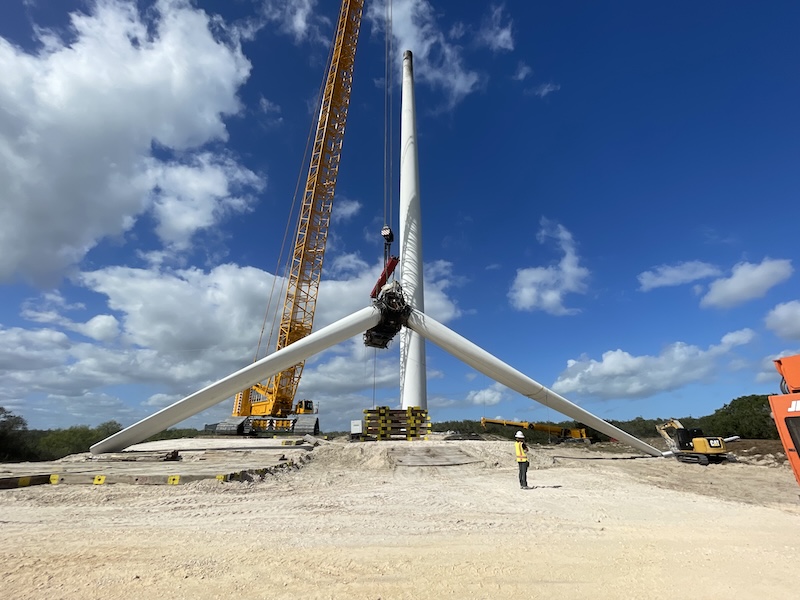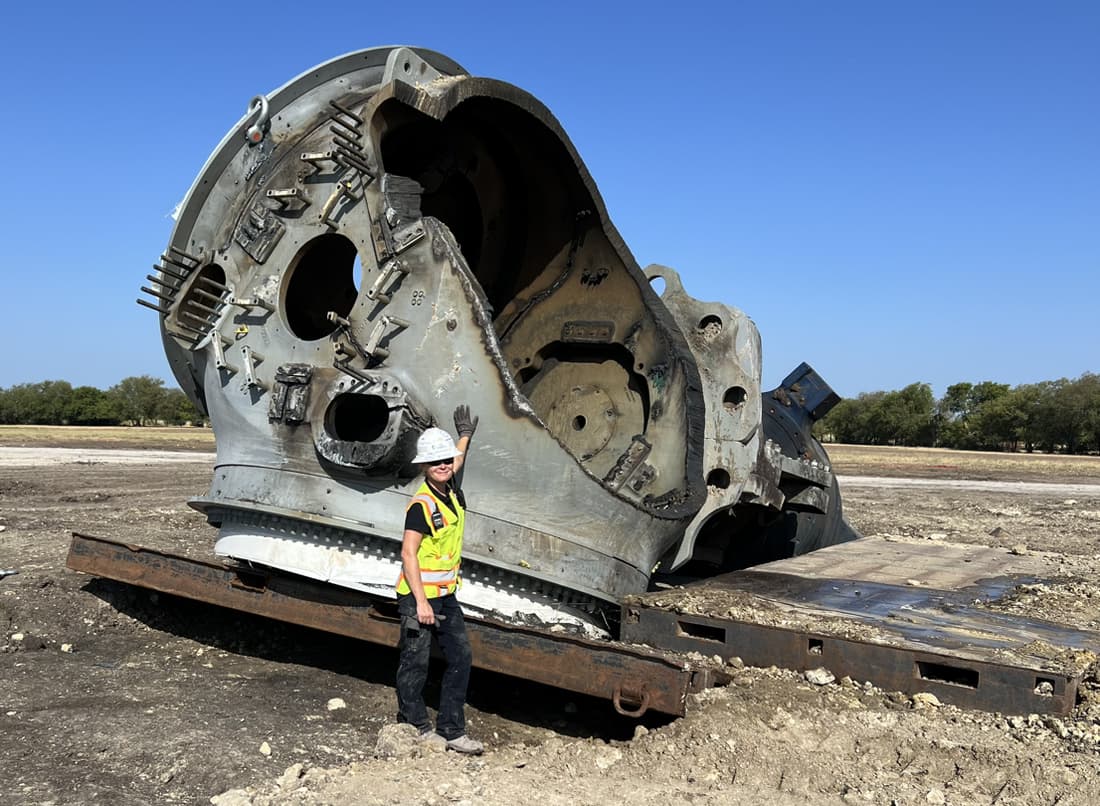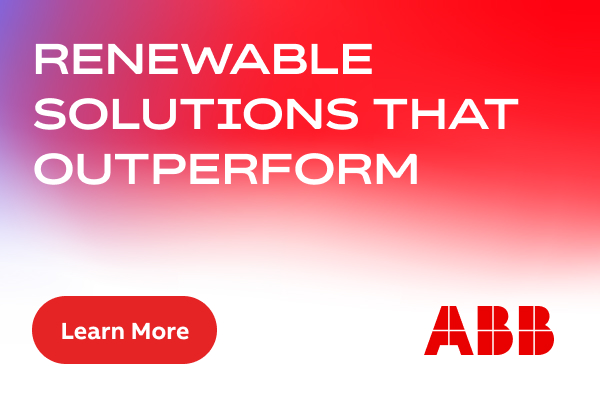Recycling the Ruins: Navigating wind turbine recycling after the storm
At the first RE+ Microgrids event in New Orleans, resilience and smarter rebuilding dominated the conversation. Wind energy plays a growing role in that resilience, contributing to national security, disaster response, and economic stability. When experts call for better cross-sector collaboration and stronger recovery protocols that include distributed energy resources (DERs) and microgrids, this includes wind power.
Since 1980, the U.S. has experienced over 400 weather and climate disasters with damages nearing $3 trillion. As climate change intensifies, so does the strain on renewable infrastructure. And, although wind turbines are built to withstand high gusts, they have their limits. A recent EF2 tornado in Texas snapped blades, twisted steel towers, and left craters over 12 feet deep in the ground.
 After-storm protocols and logistics
After-storm protocols and logistics
While much of the assembly of a wind turbine may occur on site, delivery of all the required components to build it usually arrive over time, in stages. After a storm passes, however, the real work begins as the detritus, often strewn across fields of farmland, must be recovered as quickly as possible. In the Midwest, where wind farms face seasonal extremes, cleanup can be as daunting as the disaster. First on the scene are smaller localized teams that assess the damage of broken wind turbines, secure debris, and determine the fate of thousands of pounds of twisted steel and shattered blades. The critical “phase one” tasks include stopping any oil or coolant leaks, marking hazardous areas, and preventing livestock from ingesting blade fiberglass. Some cleanups only need a couple workers initially. Others require larger scaled operations with potentially a dozen or more onsite workers to clean up widespread debris on projects that can stretch for weeks.
Wind farms are typically in remote areas. Heavy equipment like cranes and flatbeds can take time to source and schedule, which can present an obstacle post-storm, especially if authorities are triaging damaged areas and prioritizing limited resources. Once onsite, crews must dismantle, reduce, and load materials to fit road permits. Everything is packed onto 53-foot flatbed trucks, often stacked with precision to the maximum allowable height.
This is where recycling plays a big role: the last thing you want to do is pay for shipping of components that can reused. Holding them onsite for rebuilding later saves both time and money and saves the company from unnecessary waste. This also helps adhere to best practices of tracking each component and where it ends up.
Cleanup begins with a safety assessment. Broken blades are cut in sections, towers are taken down piece by piece, and nacelles are drained of fluids. Recyclable metals like steel and copper are sorted and sent to nearby smelters.

What wind components breaks when a storm hits
Blades, often over 170 feet long, are especially vulnerable. Built from carbon fiber, fiberglass, and epoxy resins, they can crack, splinter, or snap. Nacelles house the generator and gearbox, which can overheat or short-circuit from lightning or impact. Towers may buckle under pressure, and soaked soil can compromise concrete foundations. Electrical systems, transformers, and cables are often damaged by floods and surges.
What components can be recycled?
Up to 98 percent of a turbine can be recycled, depending on the facility and partner. Here's how recovery works across key components.
- Blades
The hardest part to recycle due to mixed materials is blades which can undergo various treatments, like thermal, chemical, and mechanical recycling.
- Nacelles and gearboxes that house key mechanical and electrical parts, including metal housings and gears, are highly reusable or recyclable.
- Towers made of high-strength steel, can bend or collapse in major storms. Recovered steel is sent to smelters facilities.
- Electrical infrastructure like substations, transformers, and cables often suffer from water damage or lightning and are all highly recyclable.
- Foundations like concrete pads can fail if soil saturation undermines them. This is more common in older farms or unstable terrain.

As landfills increasingly reject wind blade materials and other large components, recycling, reuse, and repurposing become a necessity. They're part of doing business in the energy transition. The pressure to reduce environmental footprints while maintaining uptime means recovery strategies must be streamlined and traceable. When sourcing a recycler, it’s essential to have a vetting process that verifies actual recycling practices. Ask the hard questions and request the documentation needed to back up ESG claims.
The good news is that wind turbine blades are advancing, and newer models are being made with more recyclable materials including plant-based components and simpler designs compared to today’s complex mixed-material blades. This shift means future blades will be easier to recover for materials. The immediate challenge is finding effective recycling solutions for the fiberglass blades currently in service and nearing decommissioning.
Christina Anderson is the Circularity Content Strategist at A.R. Environmental Marketing House and works with solar, storage, and wind materials recovery SMEs daily to share the other side of powering up, powering down, and conserving materials for future domestic manufacturing.
A.R. Environmental Marketing House | armarketinghouse.com
Author: Christina Anderson
Volume: 2025 July/August








